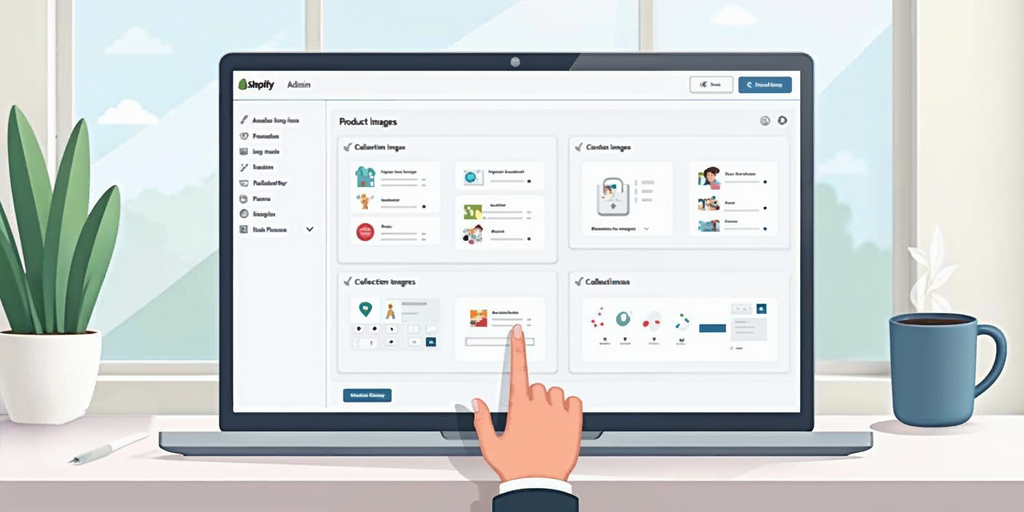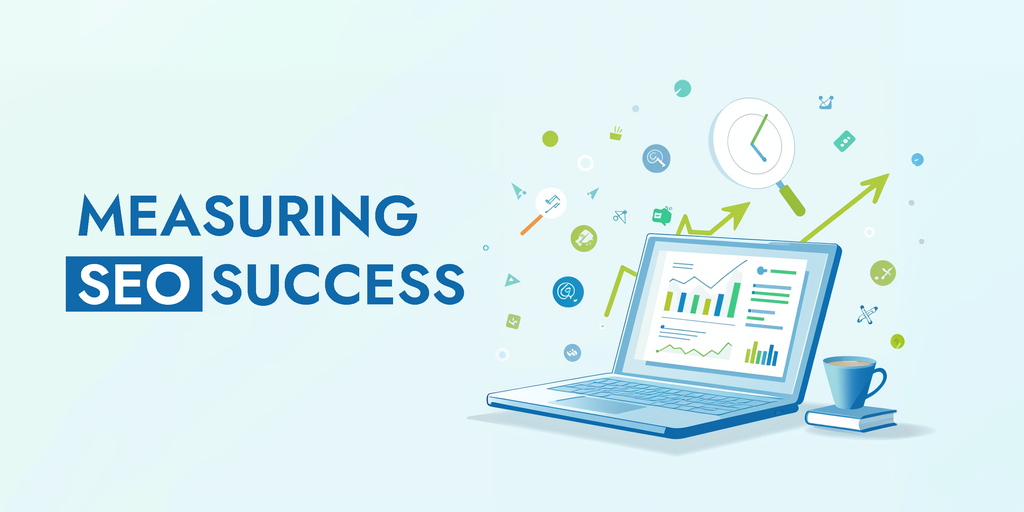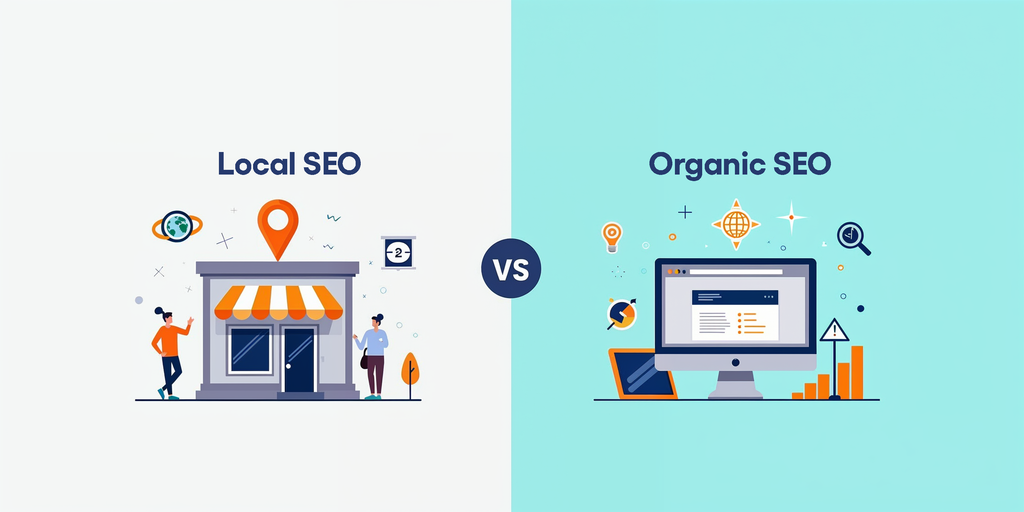How to Do Enterprise SEO: A Comprehensive Guide for Large-Scale Success

Enterprise SEO is not your average SEO strategy. It’s a beast built for large-scale websites, encompassing thousands or even millions of pages. Imagine optimizing a small-town business’s website versus handling the vast digital real estate of a global corporation. This is where enterprise SEO thrives. If you’re managing SEO for a large enterprise, you need more than basic keyword research and content creation – you need a strategy that scales, tackles technical SEO challenges, and stays ahead of the competition.
This guide will break down exactly how to handle enterprise SEO for massive websites, drawing on proven techniques and practical tools to optimize large-scale operations.
1. What is Enterprise SEO?
Enterprise SEO is the process of optimizing a large company’s digital presence to improve its search visibility and performance. Unlike traditional SEO, which focuses on smaller websites, enterprise SEO targets companies with vast web infrastructures, complex technical challenges, and high competition in the search engine results.
For a business managing millions of web pages or competing for high-value keywords, enterprise SEO requires scalable strategies, automation, and a laser focus on performance metrics like conversions, bounce rates, and keyword rankings.
Why Do Large Companies Need Enterprise SEO?
The stakes are higher for big businesses. They target competitive, short-tail keywords and manage multiple departments contributing to the website’s content. Moreover, they must maintain consistent SEO across all pages, regions, and languages. For large enterprises like Microsoft or Amazon, one SEO misstep can impact their visibility, sales, and overall online reputation.
2. The Difference Between Enterprise SEO and Traditional SEO
At first glance, enterprise SEO and traditional SEO might seem similar, but the scale and complexity make enterprise SEO a different animal altogether. Here's how they differ:
Scale
With traditional SEO, you might optimize a handful of pages. In enterprise SEO, you’re working with thousands of web pages. Think of a local SEO business managing a 10-page site versus an enterprise SEO agency handling an e-commerce giant like Nike with thousands of products.
Technical SEO Complexity
Managing technical SEO issues like crawlability, page speed, and duplicate content gets more difficult at scale. You need to track crawling issues and indexing problems across massive websites. Enterprise SEO tools like Screaming Frog and Ahrefs become essential in keeping your site optimized.
Keyword Strategy
While a small business may focus on long-tail, local keywords like "SEO for local business," an enterprise SEO company targets highly competitive terms across multiple industries. You need a strategy that targets both short-tail and long-tail keywords for maximum reach.
3. Core Components of an Enterprise SEO Strategy
A. Scalable Technical SEO Solutions
Page Speed Optimization
In enterprise SEO, page speed is critical. Slow-loading pages can hurt user experience and rankings. Tools like Google PageSpeed Insights help monitor and optimize the speed of each page. Compressing images, caching, and reducing redirects can improve your site’s load time. Speed optimization across thousands of pages is crucial, especially when your site covers multiple regions.
Crawl Budget Management
For large enterprises, optimizing your crawl budget ensures that search engines can crawl and index the most important pages. Block low-priority pages from being crawled and focus on high-value pages. Keep an eye on indexation and avoid wasteful crawling of unnecessary pages.
Indexing and Canonicalization
Large-scale websites often struggle with duplicate content. By using canonical tags, you direct search engines to the primary version of your content, avoiding indexation issues and improving SEO performance.
B. Automation and AI for Enterprise SEO
Automation is the lifeblood of enterprise SEO optimization. When you’re managing millions of pages, manual processes won’t cut it. Tools like BrightEdge or Conductor can automate everything from keyword research to content optimization and link building. Incorporating AI-driven tools allows you to discover new keyword opportunities and monitor SEO performance across thousands of URLs in real-time.
4. Content Strategy for Enterprise SEO
A. Creating Quality Content at Scale
Pillar and Cluster Content Strategy
Content clusters help organize your website into coherent groups of information. A central pillar page focuses on a core topic, with related pages linking back to it. This structure boosts SEO by signaling to search engines that your site is an authority on the subject.

This method helps with internal linking and keeps users engaged longer. It also allows search engines to better understand your site’s structure and topical authority.
B. Content Refreshing and Optimization
With an enterprise-level site, refreshing old content becomes a massive undertaking. However, failing to update outdated content can harm your rankings. Use tools like Ahrefs Content Explorer to find underperforming pages and SEMrush for content gap analysis to identify new optimization opportunities.
C. Keyword Research at Scale
Enterprise SEO involves targeting both broad, competitive keywords and long-tail variations. Regularly conduct keyword gap analysis to spot opportunities your competitors are missing. Additionally, target localized search terms to support SEO for local businesses operating under your company umbrella.
5. Advanced Link Building for Enterprise SEO
A. Scalable Link-Building Strategies
One of the hardest parts of enterprise SEO is building backlinks at scale. Unlinked brand mentions offer easy wins – reach out to sites that mention your brand but don’t link back. Ahrefs is particularly useful for finding these opportunities.
B. Building Authority with High-Quality Backlinks
A solid link-building strategy can catapult your rankings. Focus on guest posting for authoritative industry publications, and collaborate with influencers to generate more backlinks. Additionally, reclaim broken links with SEO enterprise tools like Screaming Frog.
6. Internal Linking and Site Architecture
A. Optimizing Internal Links for SEO
Internal linking is often overlooked in enterprise SEO, but it’s essential for passing link equity between pages. Creating a scalable internal linking system ensures that your top-performing content supports lower-ranking pages. Use tools like Yoast SEO to automate the process and keep your site well-connected.
B. Improving Site Architecture for SEO
Your site architecture must be easy for both users and search engines to navigate. Clean, well-organized site hierarchies make crawling easier and improve user experience. A flat site structure reduces the number of clicks from your homepage to your deepest pages, improving overall visibility.
7. Global SEO and Multilingual Strategies
A. Implementing Hreflang Tags Correctly
For multinational companies, hreflang tags are necessary to ensure search engines serve the right version of your site to users in different regions. This reduces the risk of duplicate content and improves rankings in local search results.
B. Localization and Regional Keyword Targeting
Optimizing for different regions requires local SEO optimization. Localizing content with region-specific keywords, cultural references, and language translations ensures better user engagement and higher rankings. Global SEO tools like BrightEdge help manage local SEO strategies across multiple countries.
8. Measuring Enterprise SEO Success
A. Performance Tracking and Reporting
Tracking the right SEO metrics is critical for enterprise success. Focus on KPIs like organic search traffic, keyword rankings, conversion rates, and bounce rates. Set up automated SEO dashboards using tools like Google Data Studio or Tableau to monitor performance in real time.
B. Regular SEO Audits
Regular audits keep your SEO enterprise strategy on track. Use tools like Screaming Frog and Ahrefs to assess technical SEO issues, track keyword performance, and discover content gaps.
9. Common Challenges in Enterprise SEO
A. Overcoming Technical Complexities
Managing technical SEO on a large scale can be tricky. Crawl errors, duplicate content, and slow page speeds are common issues for large enterprises. Implement automation tools to streamline these tasks and stay ahead of technical problems.
B. Managing Cross-Department Collaboration
Enterprise SEO involves working with different teams across content, IT, and marketing. Good communication is key to aligning SEO goals with overall business objectives.
10. Building a Long-Term Enterprise SEO Strategy
SEO for enterprises is a long-term game. You need to constantly update your strategies and adjust to new trends in search engine algorithms. Successful SEO for enterprises relies on automation, scalable strategies, and cross-departmental collaboration to keep performance high and your business visible in search engines.
Enterprise SEO isn’t for the faint-hearted. It requires consistent effort, advanced tools, and a coordinated team effort. But with the right strategy in place, large businesses can dominate their industries and grow organically for the long haul.
Stay sharp, stay proactive, and keep optimizing!
You Can Also Check Out to Create an SEO Dashboard.
Share via



